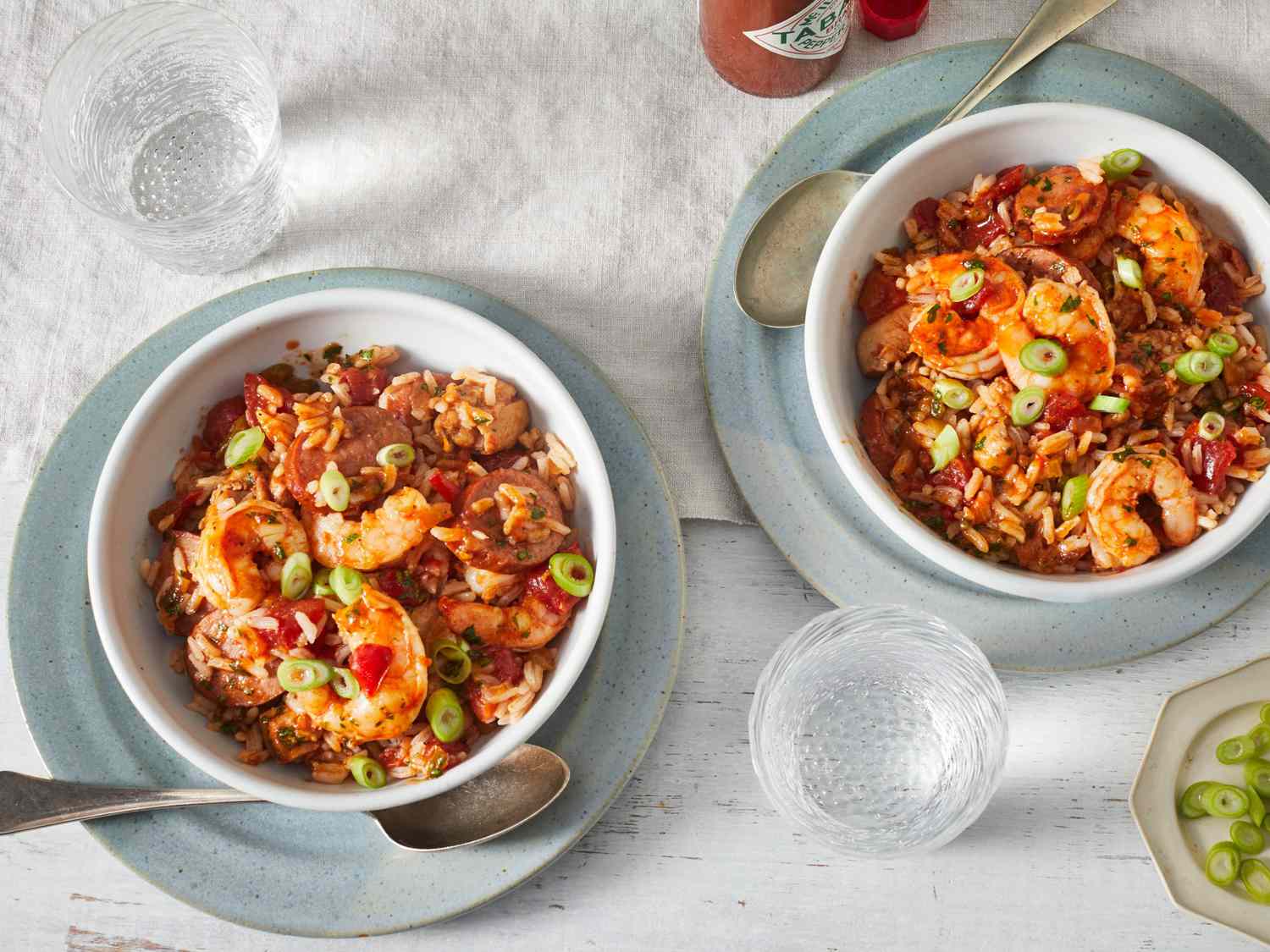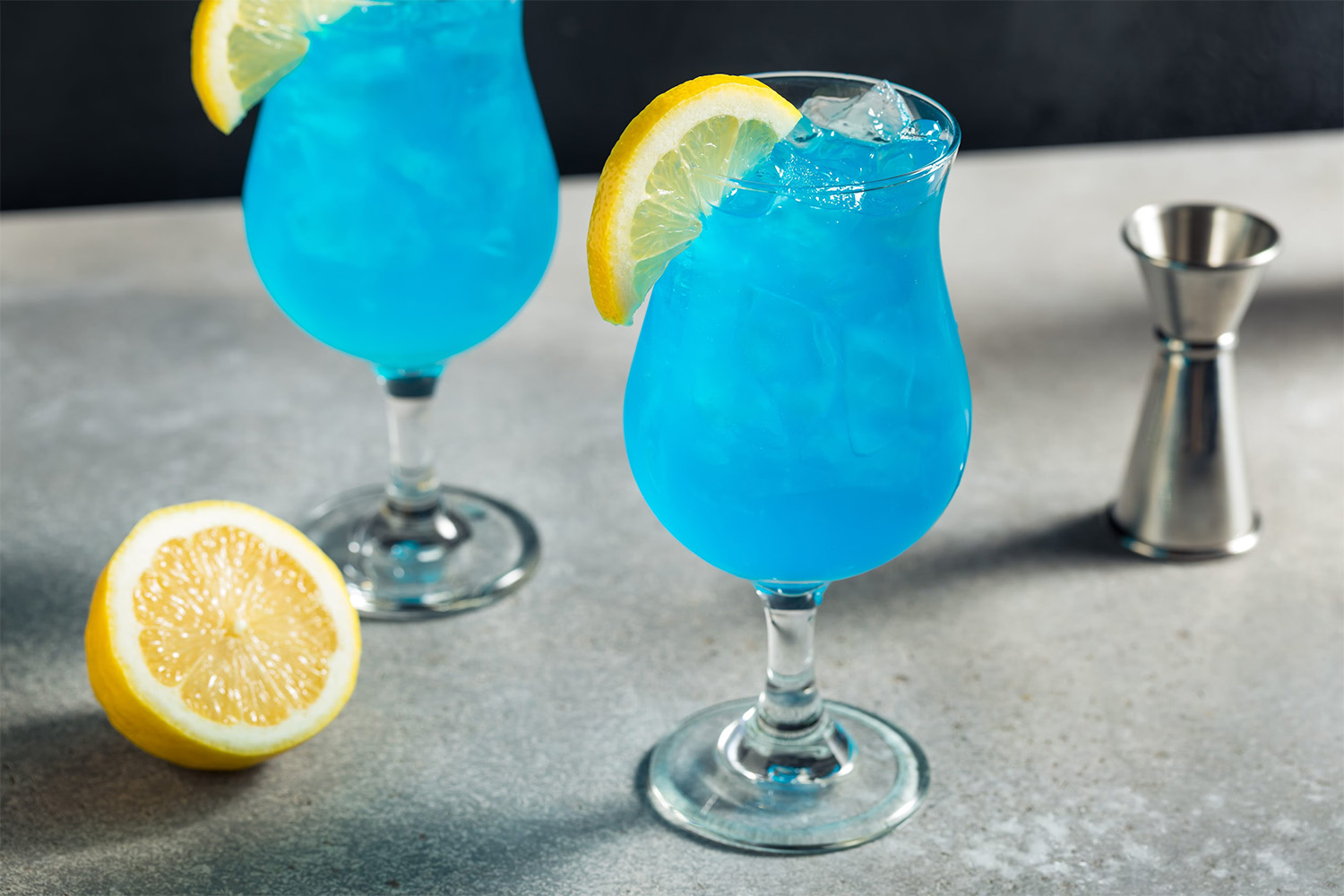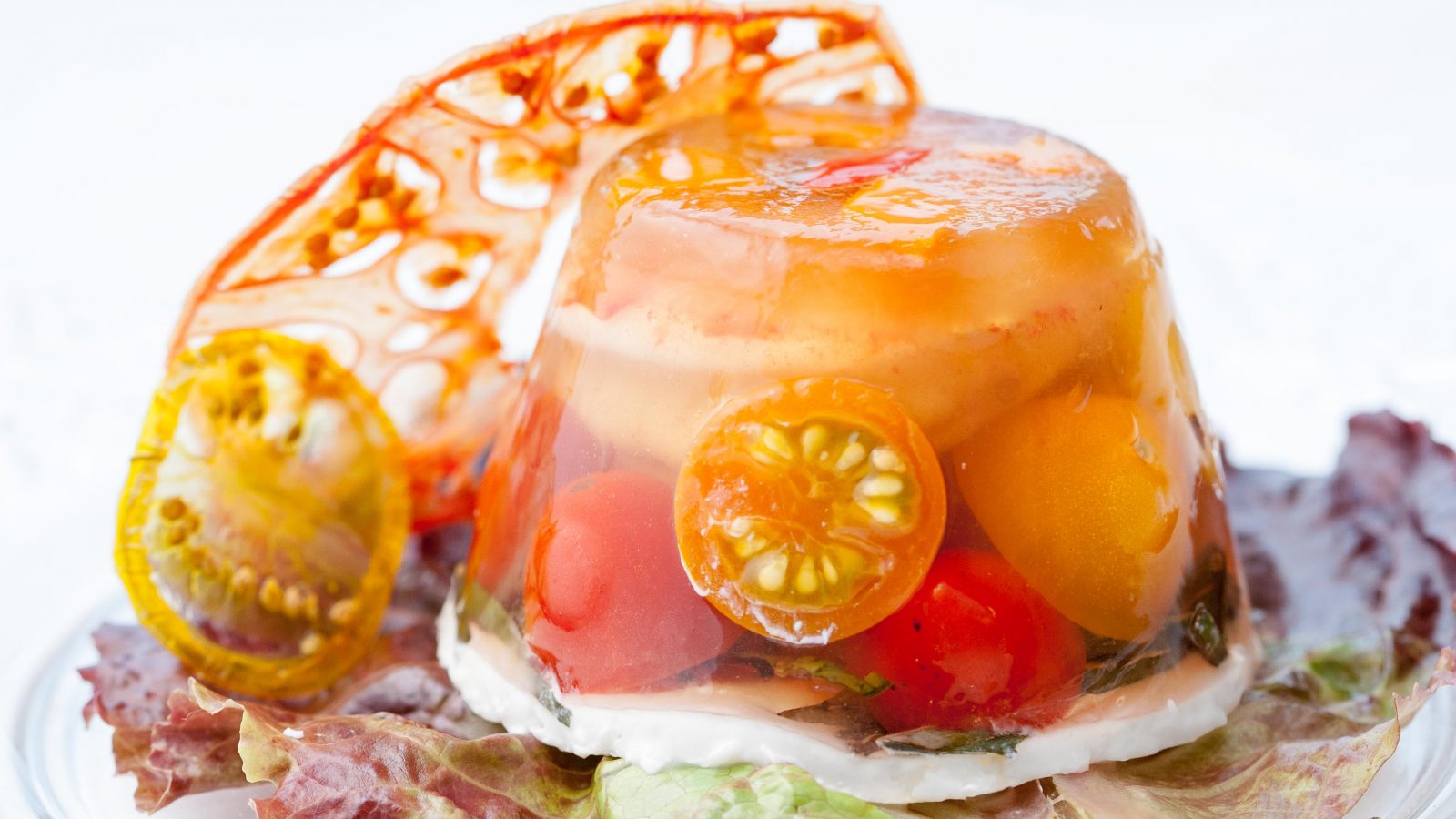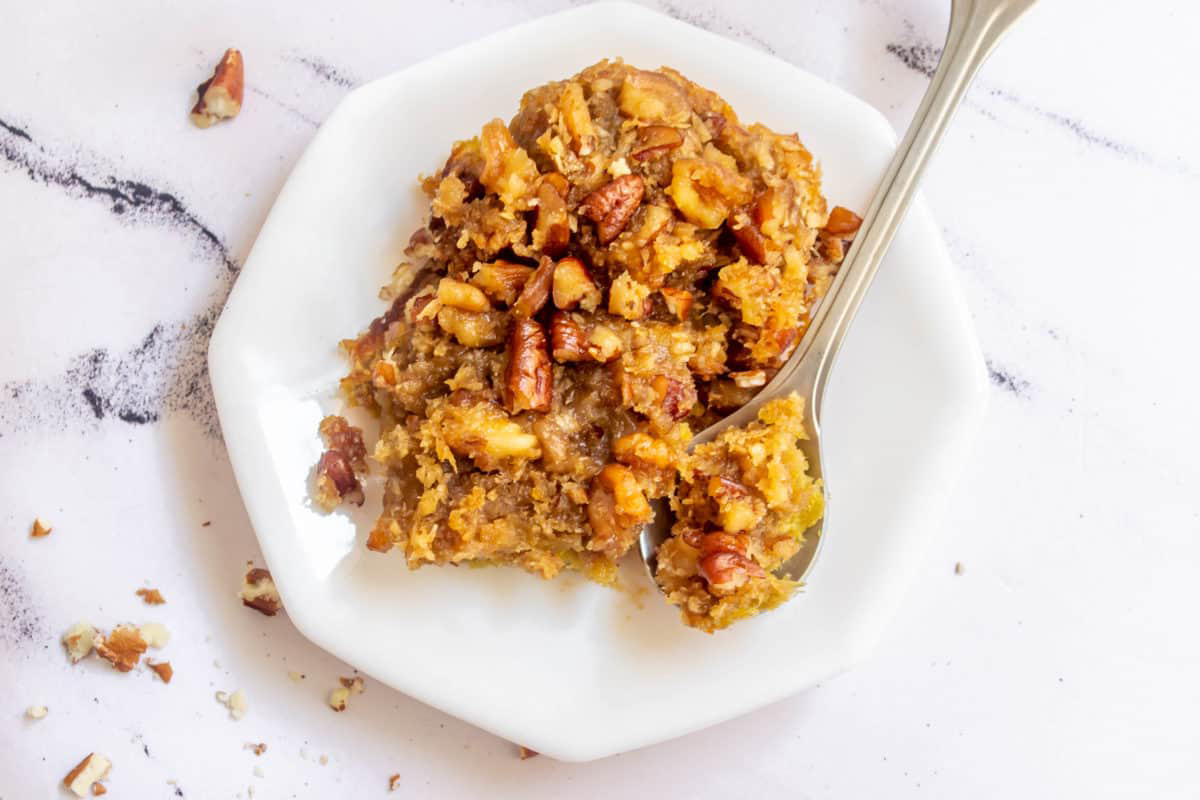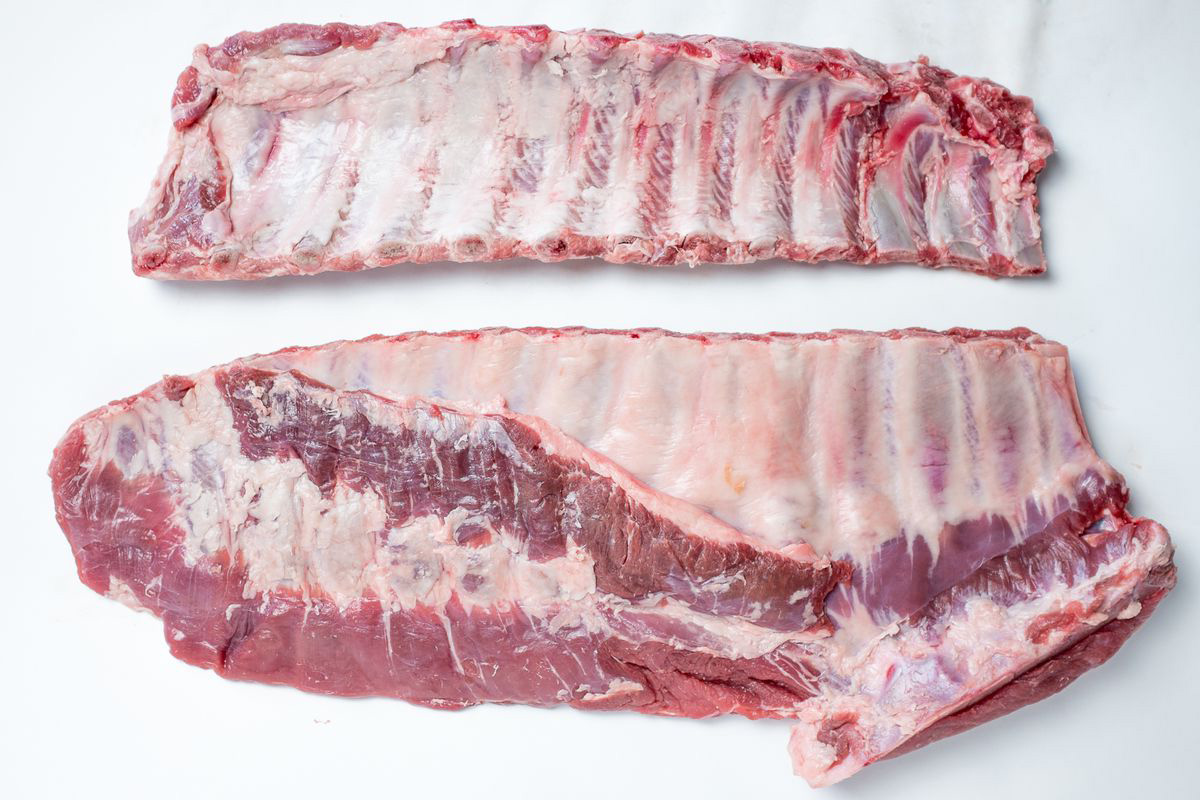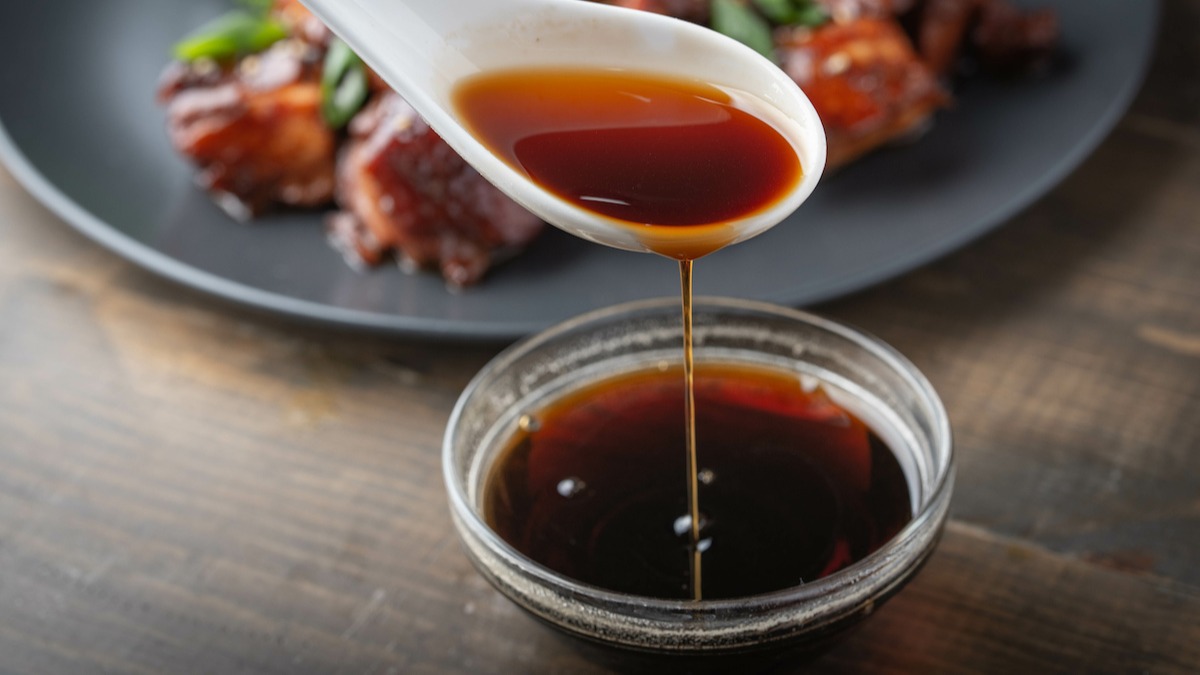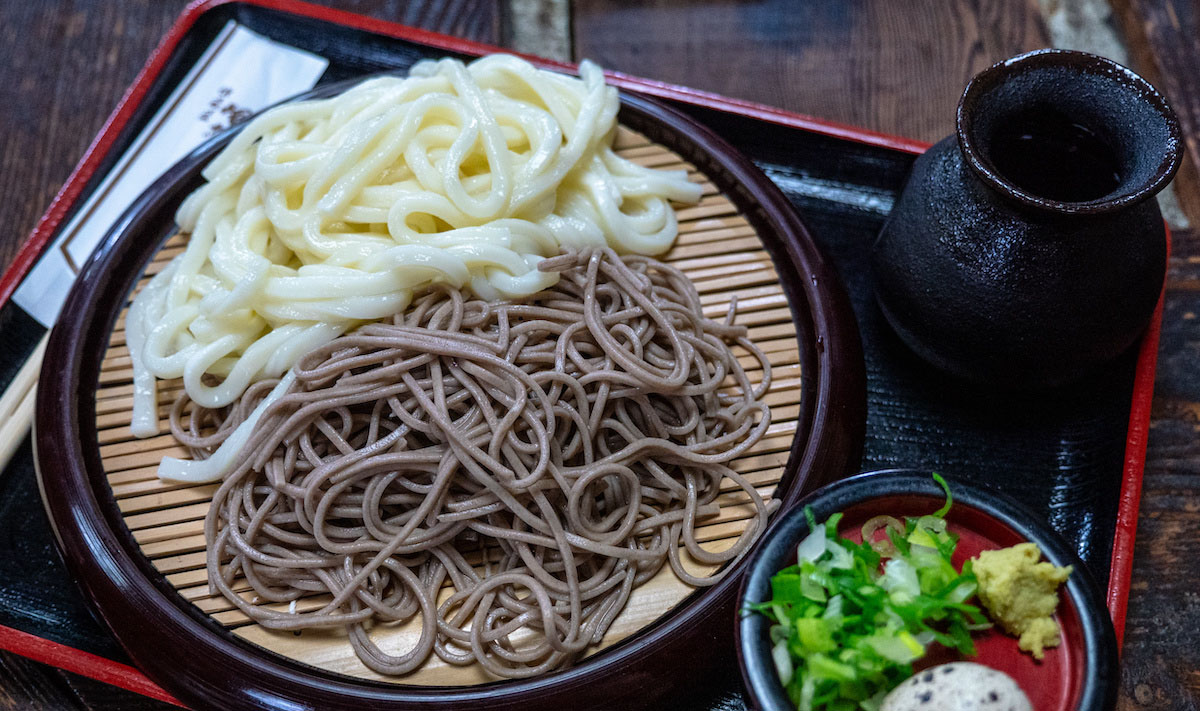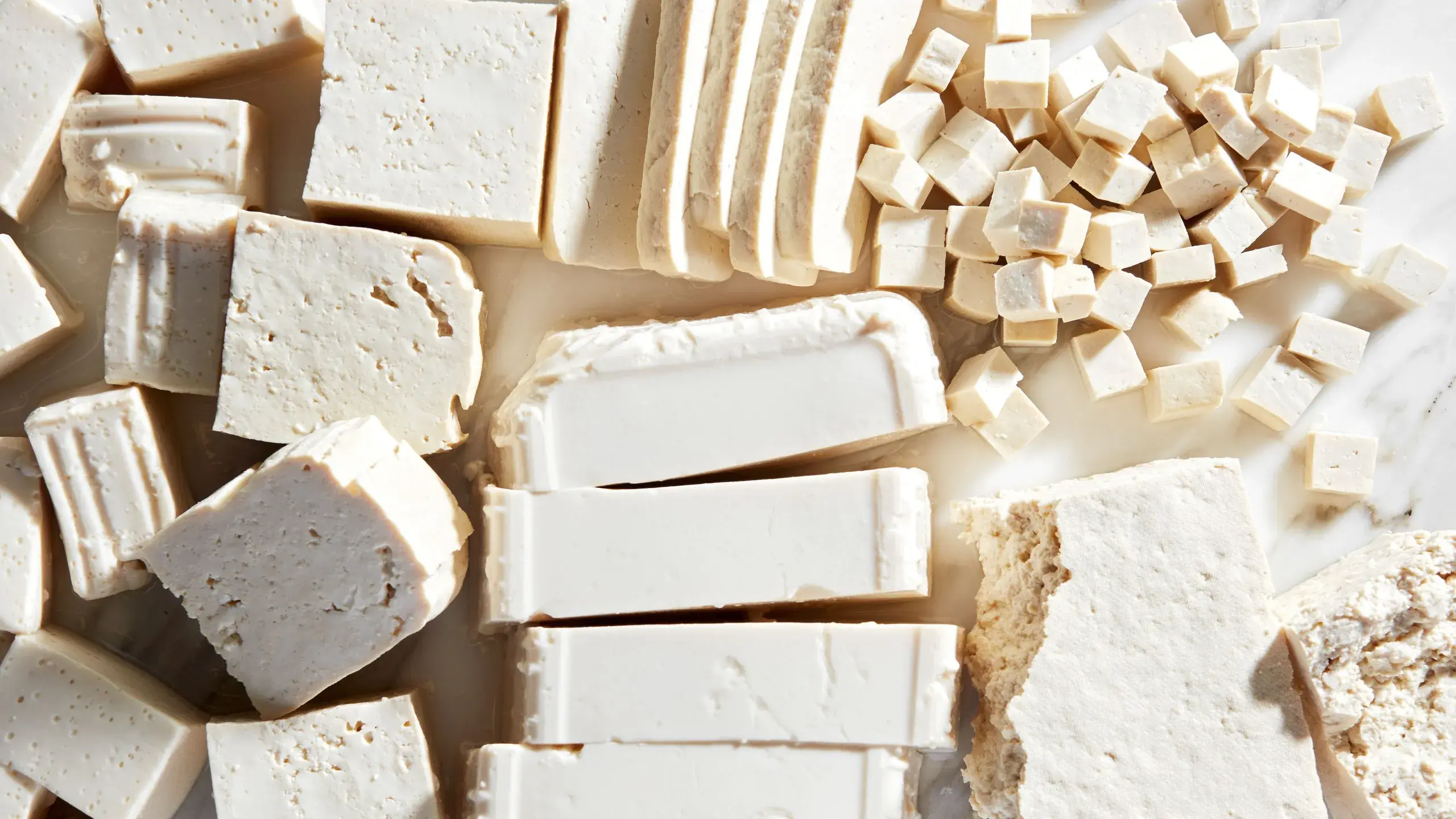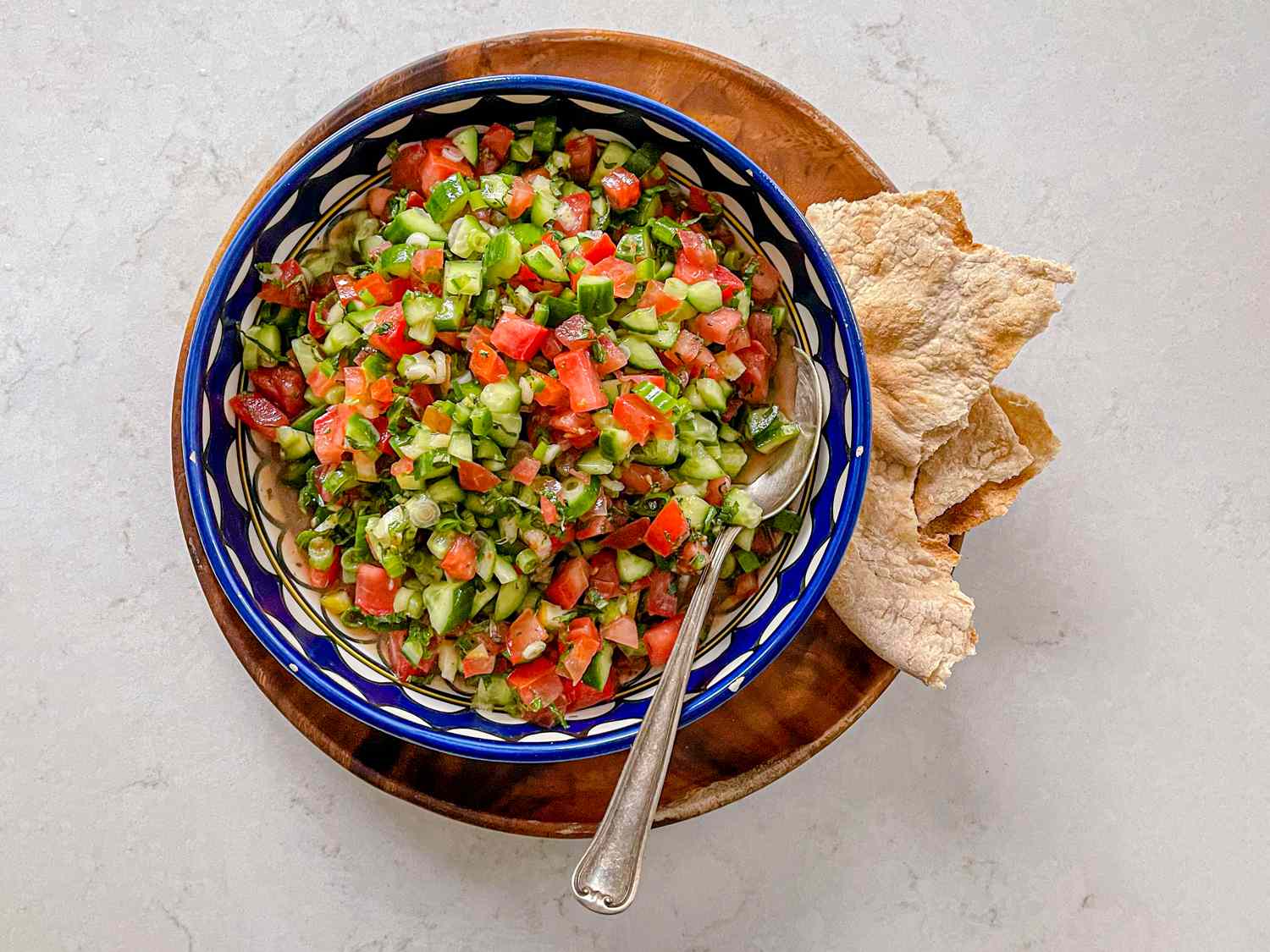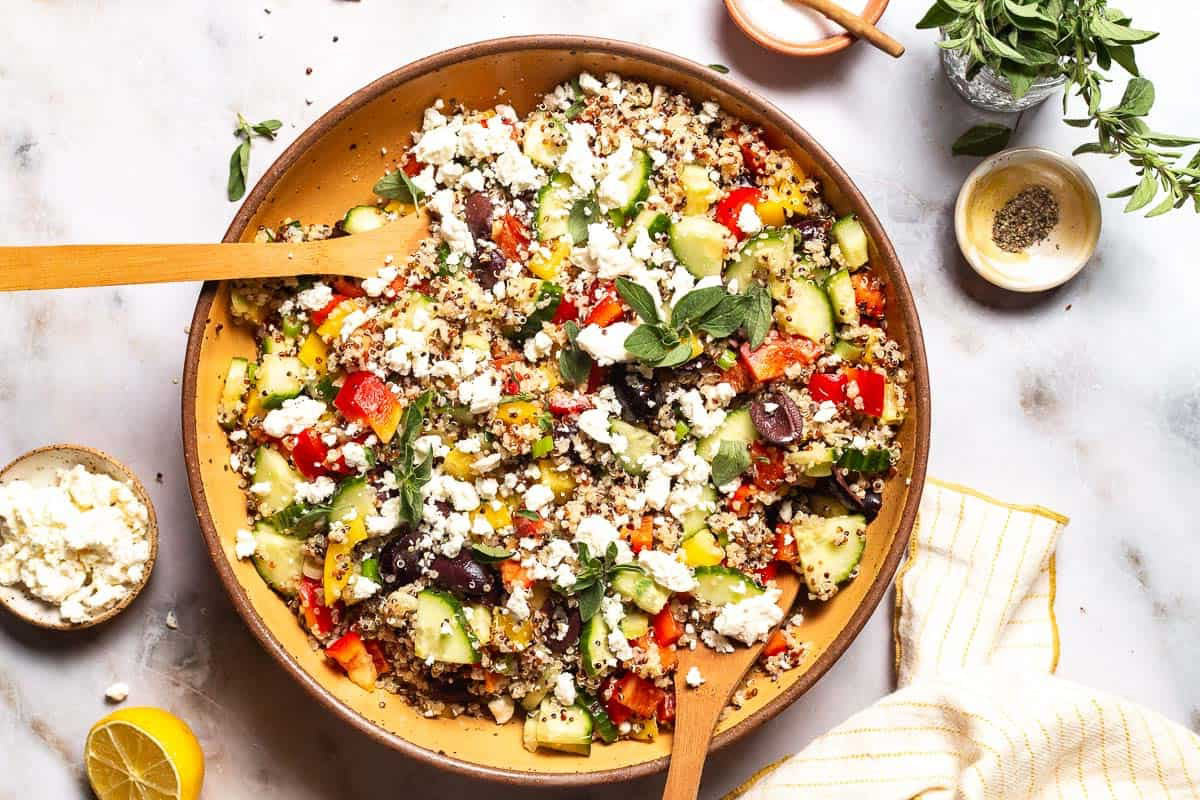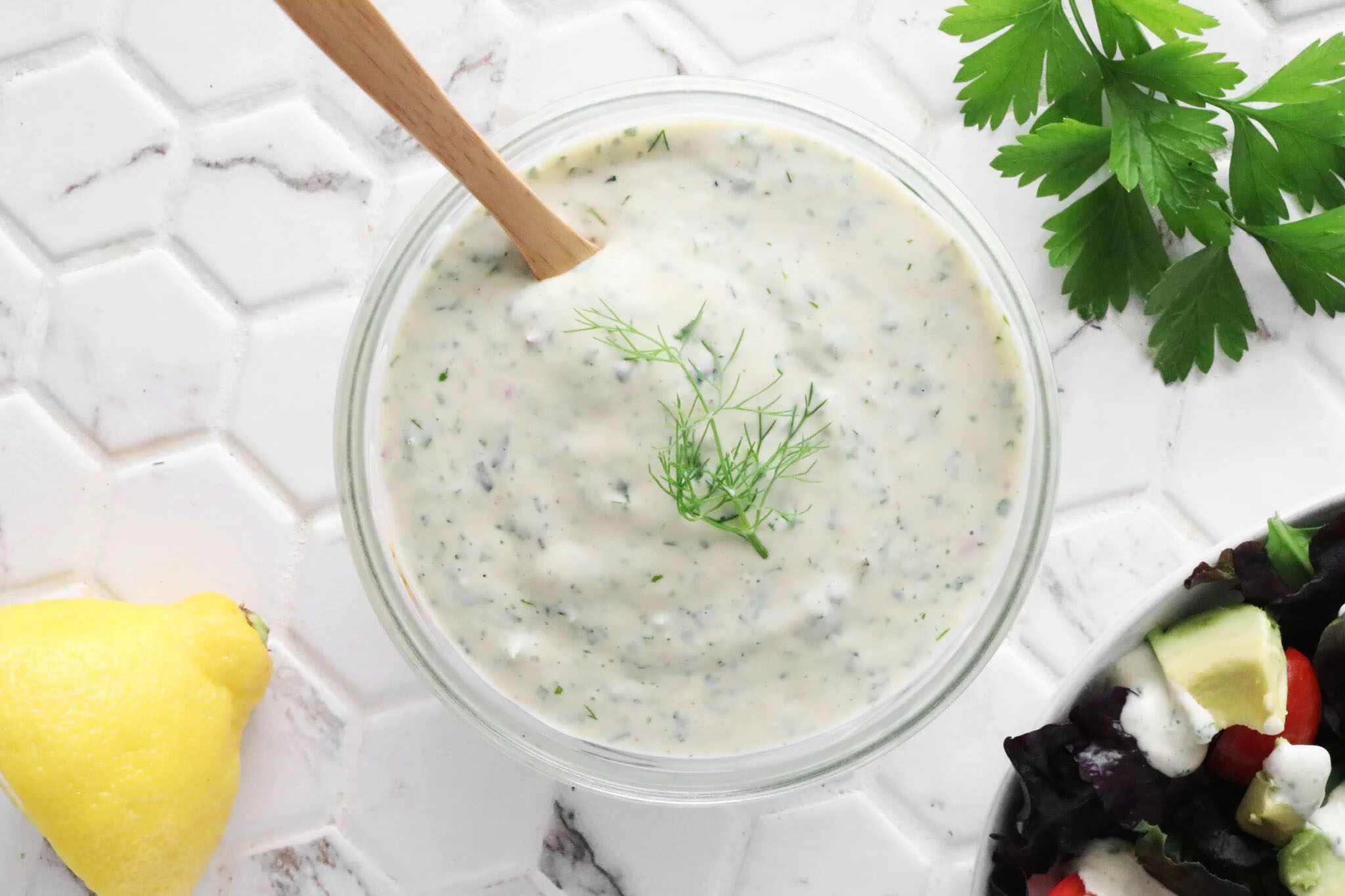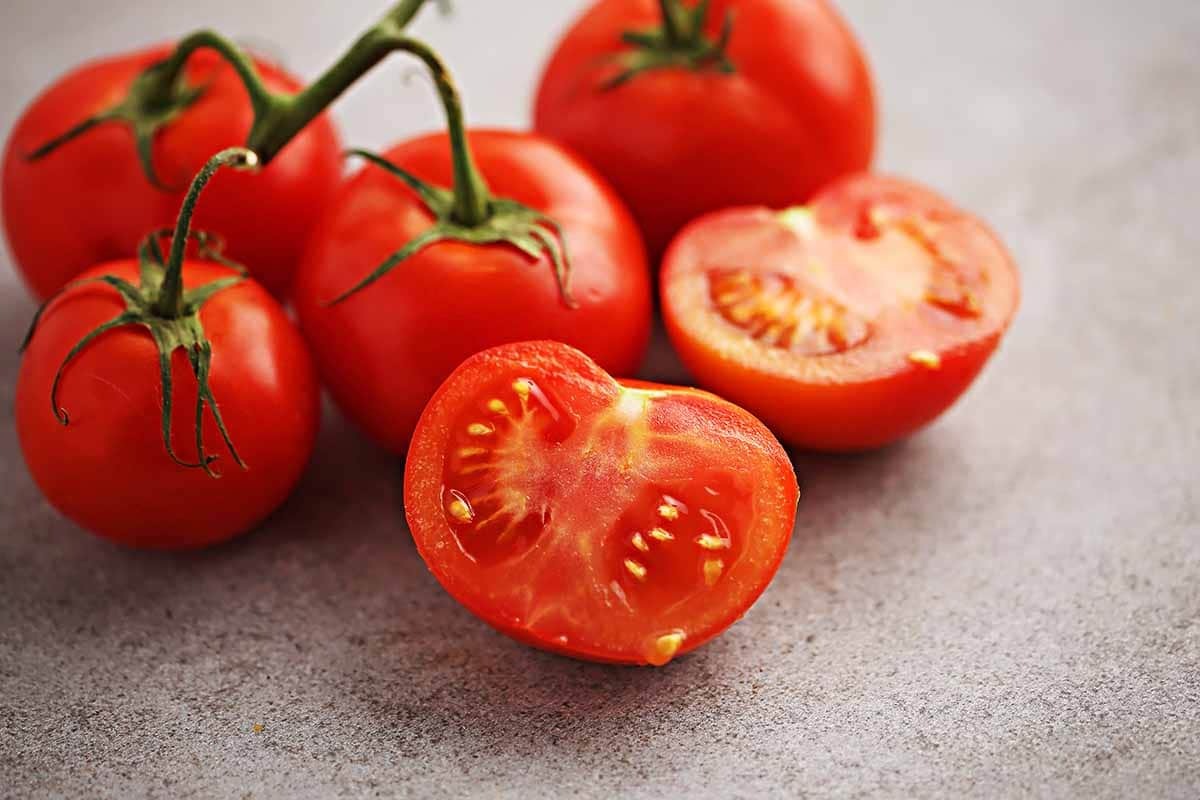Understanding Maple Flavoring
Maple flavoring is a popular and delicious addition to many food and beverage products. It is a flavor that is often associated with warmth, comfort, and the changing seasons. But what exactly is maple flavoring and how is it used in the culinary world?
What Is Maple Flavoring?
Maple flavoring is a type of flavoring that is derived from the sap of the maple tree. The sap is collected and then processed to create a concentrated flavor that can be used in a variety of food and beverage products. This flavoring is often used to impart the sweet, rich taste of maple to dishes and drinks.
How Is Maple Flavoring Used?
Maple flavoring is a versatile ingredient that can be used in a wide range of culinary applications. Some common uses of maple flavoring include:
- Adding it to pancake and waffle batter for a delicious breakfast treat
- Mixing it into oatmeal or yogurt for a sweet and flavorful boost
- Using it to flavor coffee, tea, or cocktails
- Incorporating it into baked goods such as cookies, cakes, and muffins
- Using it as a glaze or marinade for meats and vegetables
Maple flavoring can also be used in the production of various food products such as ice cream, candies, and syrups, adding a delightful maple taste to these treats.
Types of Maple Flavoring
There are different types of maple flavoring available, including natural and artificial options. Natural maple flavoring is derived from real maple sap and is often preferred for its authentic taste. Artificial maple flavoring, on the other hand, is created using synthetic compounds to mimic the taste of real maple. Both types of flavoring can be used to achieve the desired maple flavor in recipes.
Benefits of Maple Flavoring
Maple flavoring not only adds a delicious taste to food and drinks but also offers some potential health benefits. Real maple flavoring contains antioxidants and minerals such as manganese and zinc, which can contribute to overall health and well-being. Additionally, using maple flavoring as a sweetener in place of refined sugar can be a healthier alternative.
Conclusion
Maple flavoring is a versatile and flavorful ingredient that can enhance a wide variety of culinary creations. Whether used in breakfast dishes, baked goods, beverages, or savory recipes, the sweet and rich taste of maple flavoring adds a delightful touch to any meal. With its natural and artificial options, maple flavoring provides a convenient way to incorporate the beloved taste of maple into a diverse range of food and beverage products.
Was this page helpful?
Read Next: What Is Mexicali Dip
